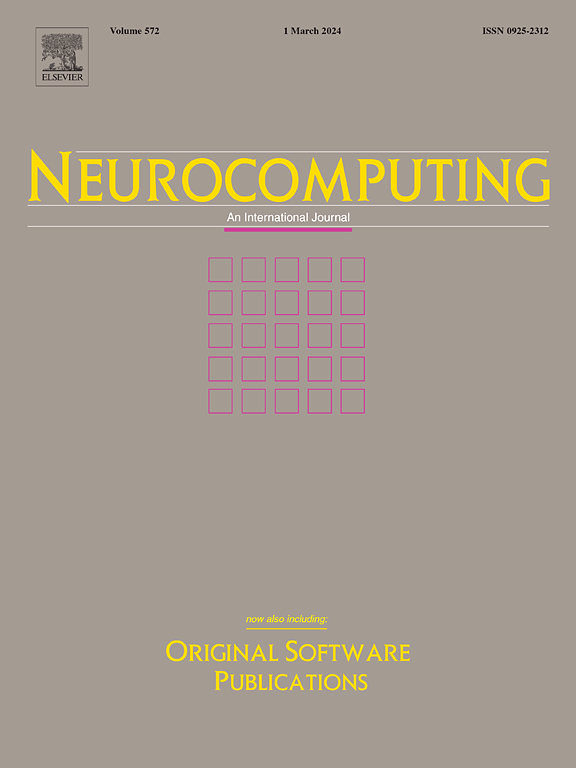Clustering-based detection algorithm of remote state estimation under stealthy innovation-based attacks with historical data
IF 6.5
2区 计算机科学
Q1 COMPUTER SCIENCE, ARTIFICIAL INTELLIGENCE
引用次数: 0
Abstract
This paper investigates a security issue in cyber–physical systems (CPSs) concerning the performance of a multi-sensor remote state estimation under a novel attack called “Optimal Stealthy Innovation-Based Attacks with Historical Data”. The attacker is able to launch a linear attack to modify sensor measurements. The objective of the attacker is to maximize the deterioration of estimation performance while ensuring they remain undetected by the detector. To counteract this new type of attack, a remote state estimator equipped with a detection mechanism that utilizes a Gaussian mixture model (GMM) is employed. We derive the error covariances for the remote state estimator with and without a GMM detection mechanism in a recursive manner under Optimal Stealthy Innovation-Based Attacks with Historical Data. The experimental results demonstrate the superiority of the GMM detection mechanism. However, it is observed that the estimation performance of the GMM-based system deteriorates as the system dimension increases. In order to address this issue, we propose two dimensionality reduction methods, namely kernel principal component analysis (KPCA) and variational autoencoder (VAE), to enhance the estimation performance. Finally, the results are illustrated via the simulation examples.
基于历史数据的隐身创新攻击下基于聚类的远程状态估计检测算法
本文研究了网络物理系统(cps)中的一个安全问题,即在一种称为“基于历史数据的最优隐形创新攻击”的新型攻击下,多传感器远程状态估计的性能。攻击者能够发起线性攻击来修改传感器测量值。攻击者的目标是最大化估计性能的恶化,同时确保他们不被χ2检测器检测到。为了对抗这种新型攻击,采用了一种配备了高斯混合模型(GMM)检测机制的远程状态估计器。基于历史数据的最优隐形创新攻击下,我们以递归的方式推导了带GMM检测机制和不带GMM检测机制的远程状态估计器的误差协方差。实验结果证明了GMM检测机制的优越性。然而,观察到基于gmm的系统的估计性能随着系统维数的增加而下降。为了解决这一问题,我们提出了核主成分分析(KPCA)和变分自编码器(VAE)两种降维方法来提高估计性能。最后,通过仿真算例对结果进行了说明。
本文章由计算机程序翻译,如有差异,请以英文原文为准。
求助全文
约1分钟内获得全文
求助全文
来源期刊

Neurocomputing
工程技术-计算机:人工智能
CiteScore
13.10
自引率
10.00%
发文量
1382
审稿时长
70 days
期刊介绍:
Neurocomputing publishes articles describing recent fundamental contributions in the field of neurocomputing. Neurocomputing theory, practice and applications are the essential topics being covered.
 求助内容:
求助内容: 应助结果提醒方式:
应助结果提醒方式:


